The Right Spec: 2022 Jeep Wagoneer

Jeep has decided to jump in the expensive end of the SUV pool with the truck-based Wagoneer and Grand Wagoneer. By now you’ve read Tim’s reviews of the brutes and had time to make up your mind if Jeep is on the right track or not with its ‘different lengths of sausage’ approach to styling. Hey, it works for Audi.
Drilling down into the minutiae of trims and features is always fun. Let’s see if we can parse The Right Spec from the maze of options on offer in this segment’s newest player.
And, before you bleat, we are including both models in this assessment. The differences are largely mechanical, unlike when the Grandest of Cherokees dropped way back in 1993 as a completely separate vehicle. At this fork in the road, one simply needs to figure out if they want to be in command of a V8 with 5.7L or 6.4L of displacement; this will guide their decision-making path.
By the way, it’s worth noting GM will be offering the mighty 6.2L V8 in more trims of the Tahoe and Yukon in 2022, including the Z71 and AT4. There’s more than a hint of a suggestion that the appearance of the big Hemi in Grand Wagoneer forced their hand in this decision.
Nevertheless, if you can bear to fathom the haughty looks from your neighbors once they discover your Wagoneer is less than Grand, there’s a lot to like in the 5.7L model. For those who care about towing, the smaller engine is actually rated to haul more weight than the 6.4L, peaking at a burly 10,000 pounds when equipped with the right gear. That’s about 150 lbs more than the beefiest Grand Wagoneer.
So there’s the hook – but how about the reel? At launch, there are two trims of Wagoneer: Series II and Series III. Presumably, there will be a lower-buck Series II at some point down the road, with these trims serving as high(er)-profit ways to get the model out of the gate. A two-wheel-drive variant is offered but a rear-drive Jeep is about as useful as a bladeless pocketknife, so we’ll stick with the 4×4. This pushes the starting price just north of $70,000.
It’s a $5,000 walk to the Series III, most of which is eaten up by the existence of the brand’s Quadra-Lift air suspension and a two-speed transfer case. While the vast majority of buyers don’t know (or care) about the function of those features, your off-road addled author is a proponent of selecting the most capable variant of any given Jeep. This explains why there is a Cherokee Trailhawk in his driveway. The argument that no one will take a $70,000+ SUV off-road is well-founded, by the way.
It’s for this reason I’d select the Series III and add the Advanced All-Terrain Group ($1,095) which brings skid plates, a rear locker, and better tires to the party. Leaving all other packages on the table could be a wise decision, including the expensive Premium Group which largely consists of a huge sunroof and 19-speaker McIntosh audio system. The HD trailering package is worth a look at $995 and includes a trailer brake controller and different reversing camera views. Even if you don’t tow much, the heavy-duty engine cooling never goes astray. Choosing to spend an additional $1,195 on an interactive touchscreen display dead-ahead of the passenger (just like in certain Ferraris) would provide a dandy party trick; go for it.
Please note the prices listed here are in United States dollars and currently accurate for base prices exclusive of any fees, taxes, or rebates. Your dealer may (and should) sell for less (obscene market conditions notwithstanding). Keep your foot down, bone up on available rebates, and bargain hard.
[Images: Jeep]

Matthew buys, sells, fixes, & races cars. As a human index of auto & auction knowledge, he is fond of making money and offering loud opinions.
More by Matthew Guy
Latest Car Reviews
Read moreLatest Product Reviews
Read moreRecent Comments
- Hi There I dig the boxy retro looks, I don't care if it looks like a Rivian which looks like an old Scout. I'm skeptical about the price, as others have mentioned, my guess is when this ships, in 2027, it'll be $90k. I do like the range extender generator on board. Until we get better battery technology, it's either that or a plug-in hybrid for me. Full EV is fine in an urban environment with access to lots of chargers. Though, the irony there is, once everyone has an EV, finding an open charger will be impossible. So many negatives in the EV future.
- ToolGuy I know some 5 year olds looking for work.
- Jalop1991 Ah. Update: Scout employee has confirmed that the width of the Scout EV Concepts is 79.9 inches without mirrors (and confirmed that it's 91.1" with mirrors). So their marketing department wasn't ready for this launch at all. I seriously doubt this will launch in 2027, or that any of their products will be less than $90K, or that any of them will be available with some sort of combustion engine of any kind.
- Lillian With the Global acceptance and mass increase in active users of Digital currency, comes its many challenges with the most worrisome probably being stolen funds and even emptying your balance to 0.00 USD and this exactly was my experience four days ago after my balance of $110,000 was cleared. Glad I had known about Space Spy Recovery through a close friend whom they helped earlier and once I contacted them, they deployed their high tech expertise and recovered my money back. Contact them for all Crypto solutions: addresses: soacespy@hackermail.com. Telegram: @spacespy65; Skype: live: cid.2b75b0cf1ce9bf69; WhatsApp: +1 (657) 543-6038;
- Kwik_Shift_Pro4X I 🤣😆😂 at the price




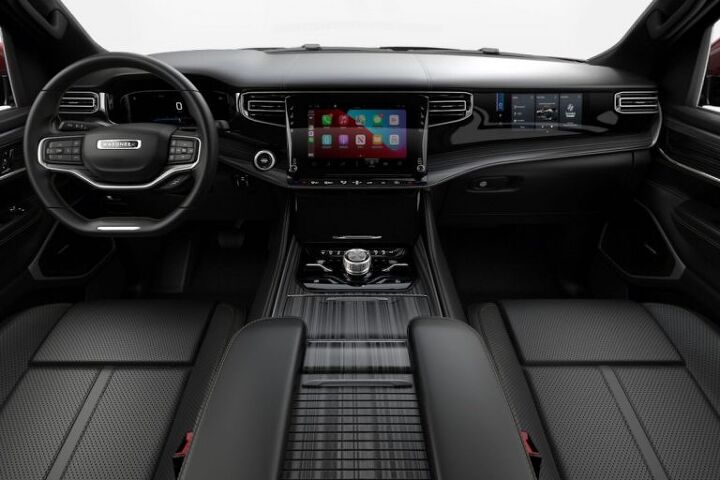
















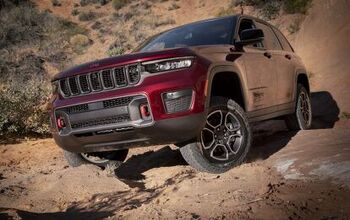
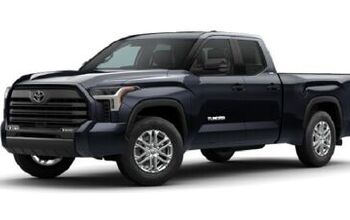
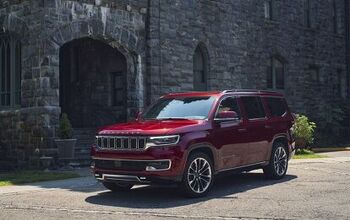
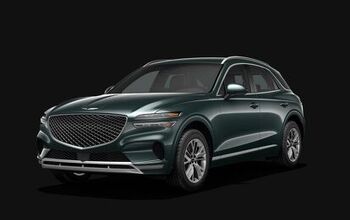
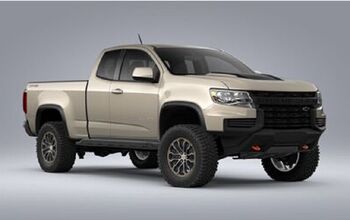
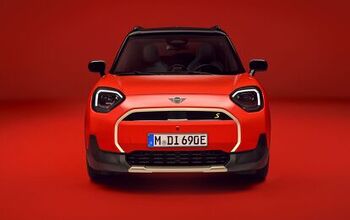









Comments
Join the conversation
Unless those seat cushions can articulate in amazing ways, they look uncomfortably flat.
Needs woodgrain.